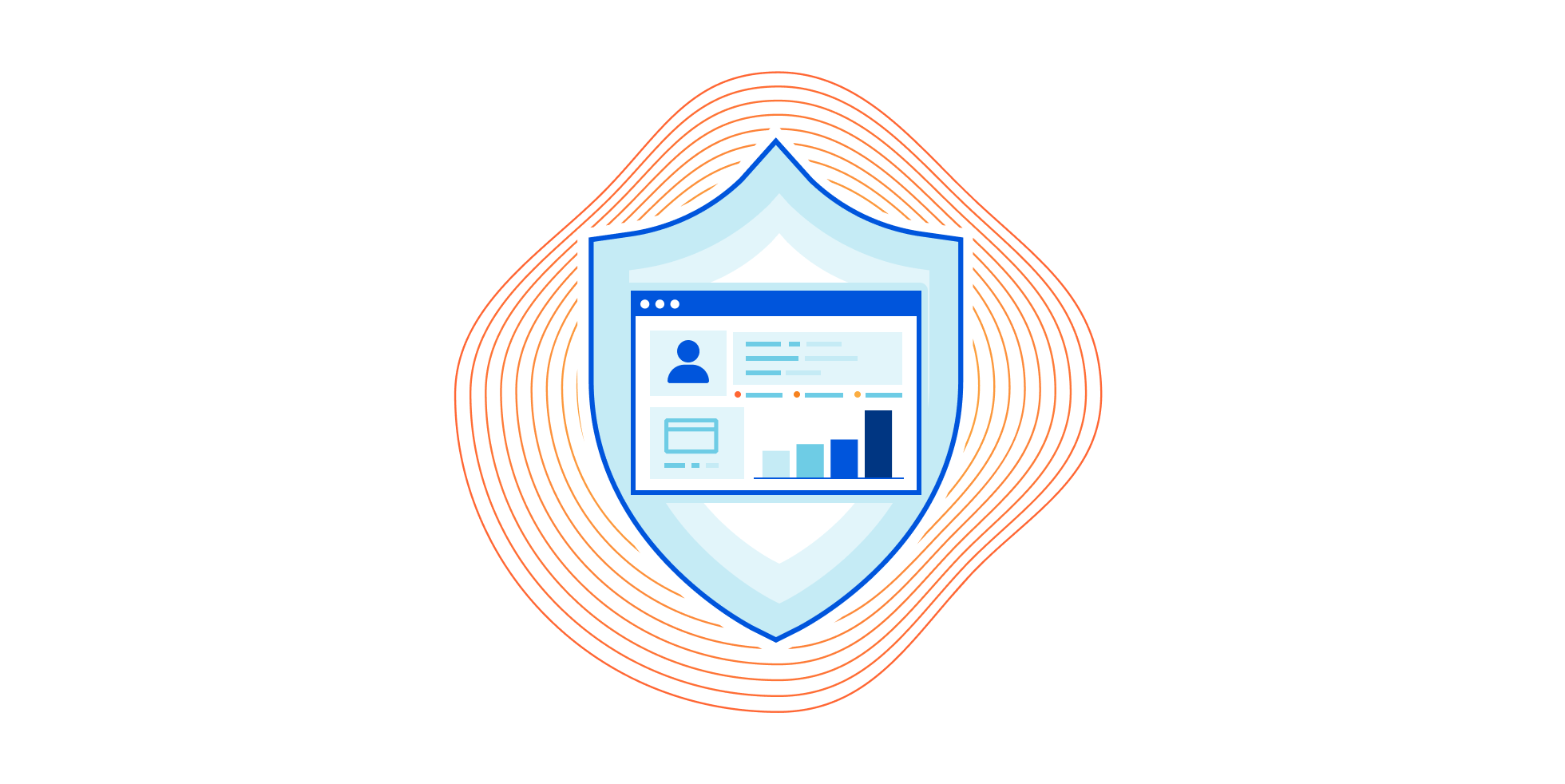Rust Notes: Vectors
A vector is a collection of items of the same type. Vector Considerations When an empty vector is created with Vec::new it is un-allocated until elements are pushed into it. A vector with elements has allocated memory and lives on the heap. A vector is represented as a pointer to the...continue reading





